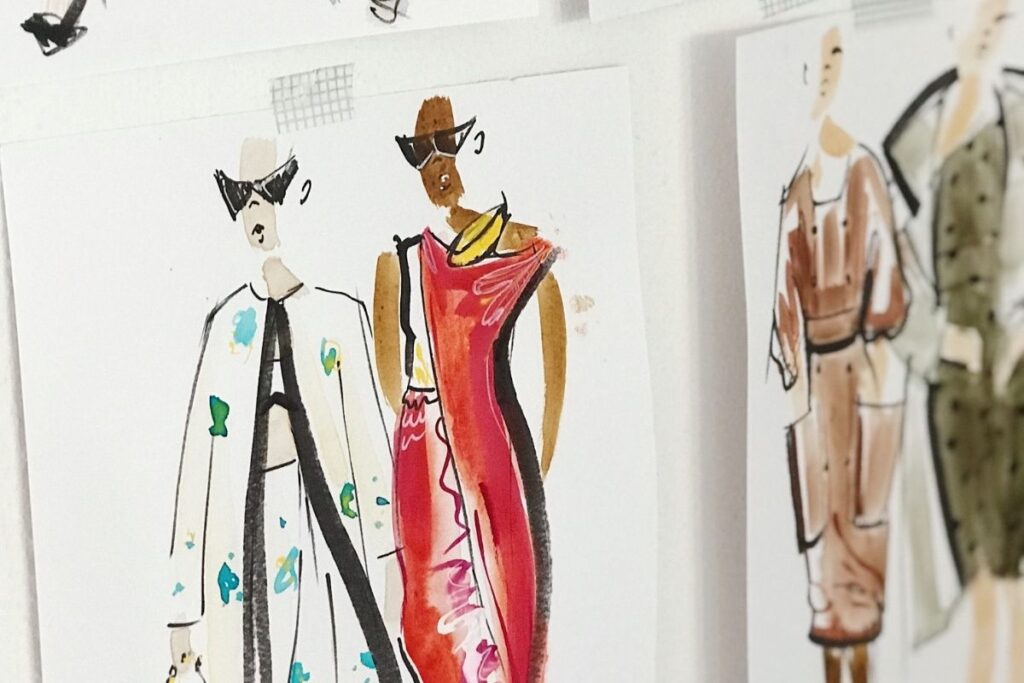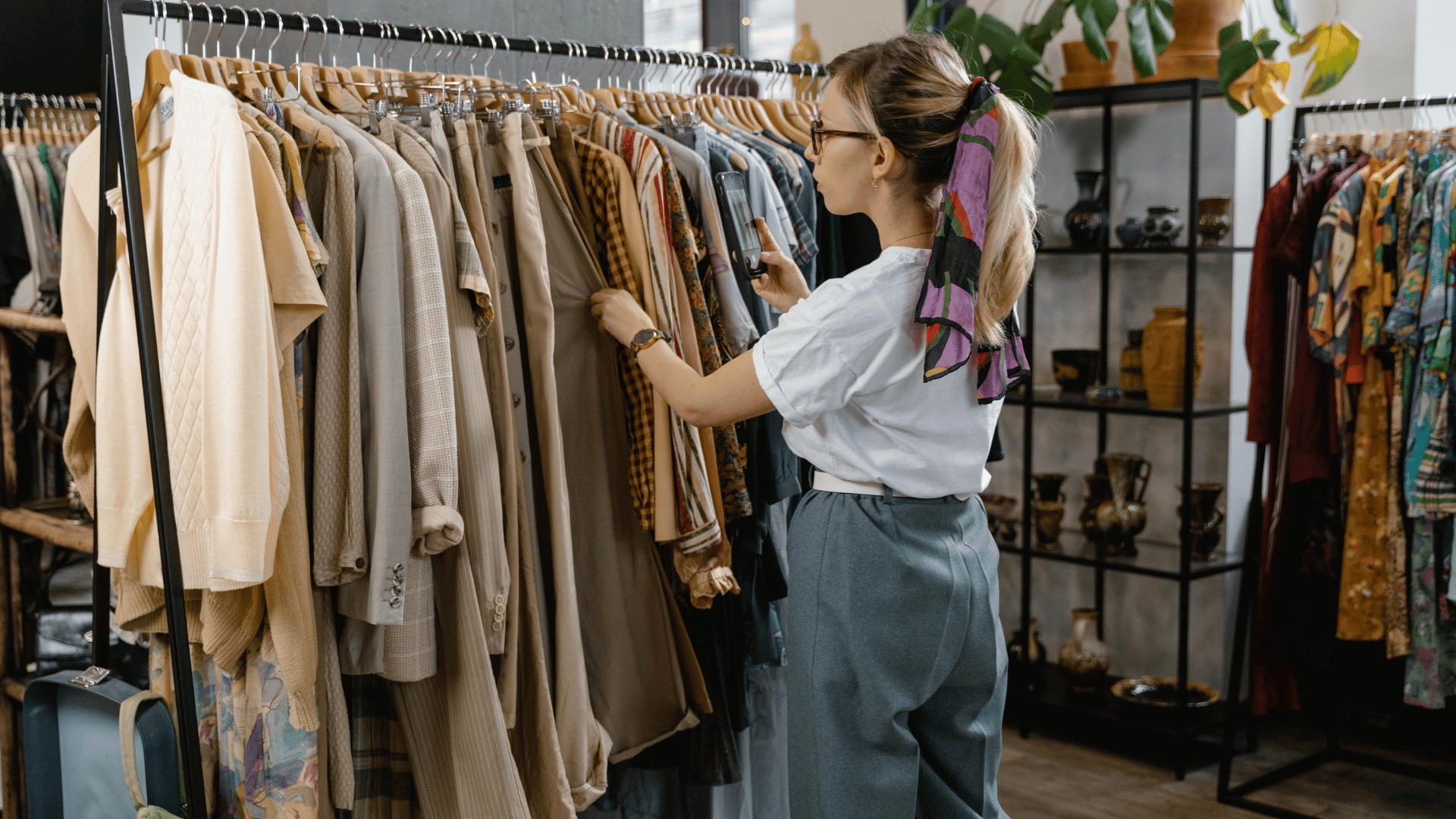If you’re going to get into the fashion design business, it’s important to completely understand the varying complexities that impact the supply chain. Stick to the parameters of your business plan to get the full picture of its needs—in knowing every detail of your plan, you’ll make the best decisions for your business.
For example, if you’re going to focus on only selling underwear, you might immediately start planning to get your production completed in a hub like Medellin, Colombia. It’s a major manufacturer of underwear and denim apparel, and after locking down plans to source your production there, you may have questions about regular trips to Colombia throughout the year. It’s also worth wondering if fluency in Spanish is required, as you may want to go to the factories and communicate to the team how your product needs to look, wearability concerns, and customer expectations to consider.
Additionally, choosing Medellin as your production hub introduces questions about distributing the final product to America. Currently, Colombia has a free trade agreement with the United States, making it an excellent place to outsource. It also happens to be in the Eastern Time Zone, which is beneficial if you’re based in New York City. A production location that’s based in your time zone will reduce the likelihood of having to take midnight calls—which is often the case for those sourcing products from China, with a 12-hour difference between there and NYC.
The requirements of standardizing production can snowball to involve many small details. It’s crucial to think beyond exclusively sourcing a final piece of clothing. Rather, it’s important to think about so much more: the means of communication with vendors, ease of access to the site location, distribution pipeline quality, as well as current events and political issues.
At the moment in the United States, China is a frequent topic of conversation. We source many consumer goods from Asia, which menas political events can have an impact on your particular business. Understanding the intersection of global politics and economics and how it can affect a small boutique designer in the South reveals how pivotal these decisions can be in the global ecosytem, whether made in Washington, Beijing, Paris, or any other fashion hub.








